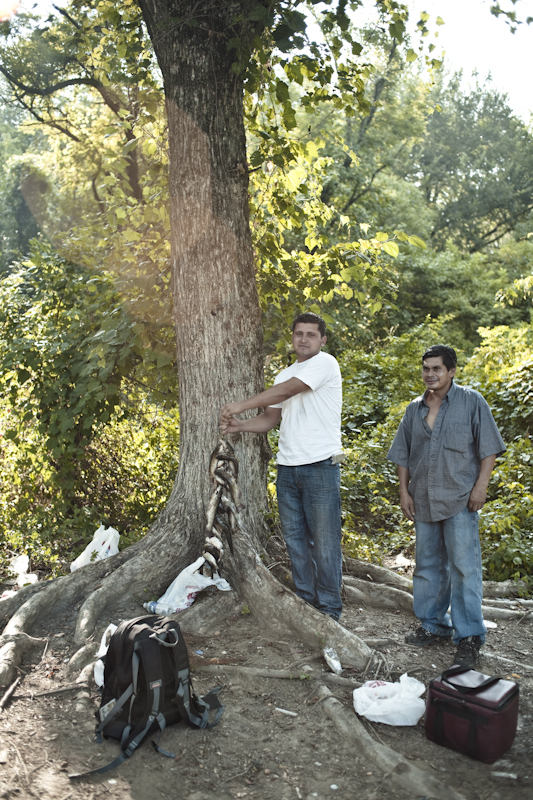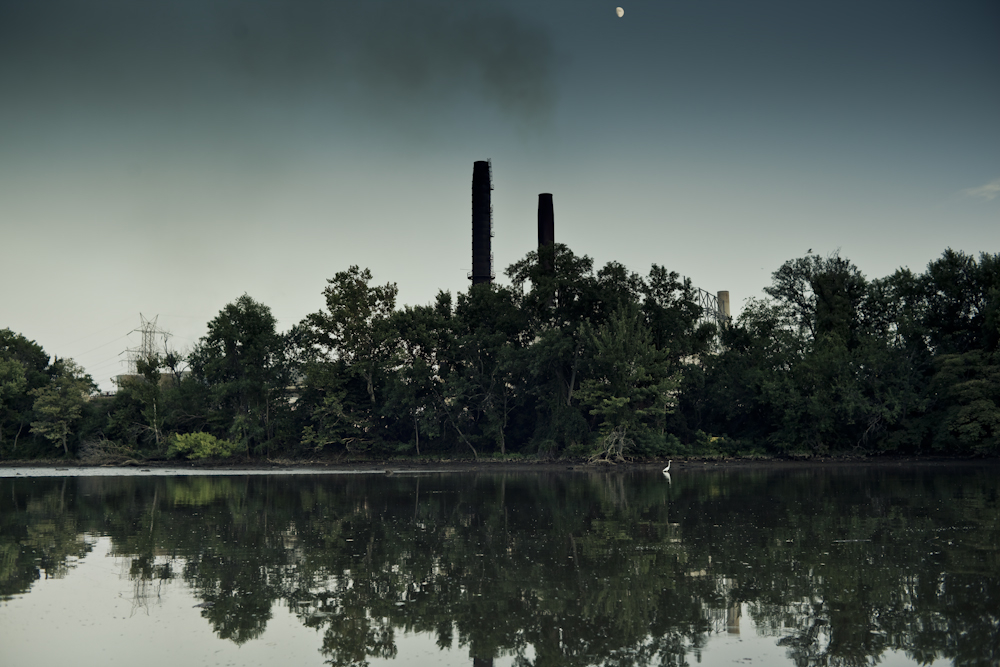The Statue on the Capitol dome faces east. The city's founders, who meticulously laid out the city, were convinced D.C. would grow in that direction, and that the Anacostia River would become its waterfront. But as former D.C. resident Langston Hughes put it: this was to be a dream deferred.
For decades, the Anacostia was called "D.C.'s forgotten river" -- if it was called anything at all. City government ignored this seven-mile river that stretches through D.C.'s eastern corridor. Mayor Anthony Williams was nearly booted from city hall for proposing new development along its banks.
But then another dream was realized. After three decades, political and business interests rallied behind the return of Major League baseball and discovered that river views would enhance the experience. In the blink of an eye -- and with a few withdrawals from the city's ATM -- a brand new baseball stadium emerged on the Anacostia shoreline.
No surprise what happened next; developers bought up parcels of land at breakneck speed. And their call to prospective tenants: get in on riverfront real estate before it's too late. It's working. The Capital Riverfront is abuzz with new leases. Business is set to take off.
Despite developers' best intentions, this rising tide hasn't yet lifted all boats. Some of D.C.'s poorest neighborhoods flank the river -- food deserts without access to healthy food. Corner stores remain the go-to dinner option for most residents. Ward 8 has only one full-service grocery store for every 25,000 residents; and most don't have access to the transportation they need to get there.
But some residents have found at least part of a solution in the river itself. They fish for food. Not since the Anacostan Indians canoed these waters in the 17th century has there been such an upsurge in subsistence fishing. While the Anacostia Rivershed Society attributes it to the recession, and public health officials warn of the dangers of eating fish from the river, many Anacostia residents see brown spotted catfish simply as an inexpensive source of protein for dinner.

That new development collides with older, less wealthy neighborhoods isn't headline news. But in this case, riverfront revitalization signals a brighter, healthier future for all who live along its banks.
In April 2010, the Anacostia Restoration Plan was unveiled -- the nation's first comprehensive attempt to reclaim an entire urban rivershed. Planners catalogued 3,000 distinct restoration projects throughout the 176-square-mile Anacostia watershed.

This unprecedented initiative will clean up our "forgotten river." People move fast in this city, and the statue on the Capital dome is looking at last in the right direction. Let's make sure that as we bring back the river, we don't leave "forgotten neighbors" along its banks.
Photographs by Joshua Cogan. Washington, D.C. photographers Joshua Cogan and Dallas Lillich of SweatLodge Productions are working on an ongoing project to document perspectives along the Anacostia River.